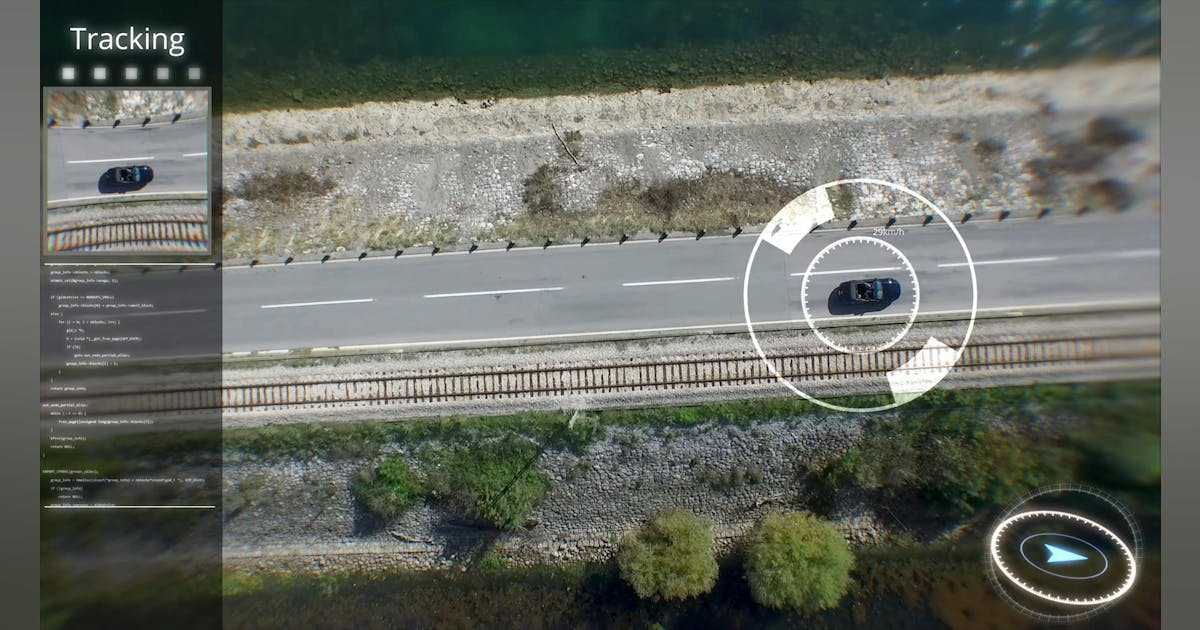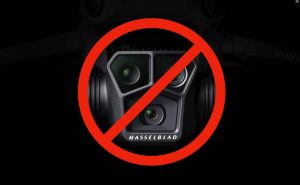Armored Combat Vehicles vs. Small Uncrewed Aircraft: How the Army Is Responding
Envision a modern battlefield—tanks, infantry, explosions. Now add small, uncrewed aerial vehicles, or drones, zipping through the skies, targeting armored combat vehicles. These tiny aircraft pose significant threats to armored vehicles around the world. To counter this, the U.S. Army and allied forces are urgently developing defensive measures, while the defense industry races to provide solutions.
Explore the challenges, emerging technologies, and how the future of armored warfare is transforming. Whether you’re into military technology, unmanned systems, or eager to grasp the next big defense shift, this guide offers insights.
Why Are Drones Such a Big Problem for Armored Vehicles?
Gone are the days when only a missile or tank shell could take down an armored vehicle. Recent conflicts, notably in Ukraine, illustrate how affordable commercial drones can damage or destroy expensive tanks and personnel carriers. These drones have multiple capabilities:
- Identify and transmit the positions of vehicles to artillery units from above.
- Accurately drop small explosives on vulnerable vehicle spots.
- Swarm in groups to overwhelm and confuse defenses.
This is akin to a “David vs. Goliath” battle, where David wields GPS and livestreaming capabilities.
How the Army and Industry Are Fighting Back: New Defense Layers
Advanced Radar and Detection
To combat what we can’t see, modern armored vehicles are now enhanced with cognitive radars designed to detect small drones at low altitudes. A notable advancement is the U.S. Army’s EchoShield cognitive radar integration on Stryker Infantry Carrier Vehicles.
EchoShield Radar Highlights:
- 4D radar with a wide viewing range (130° azimuth, 90° elevation)
- Able to track hundreds of aerial objects simultaneously
- Offers industry-leading angular accuracy (<0.5°)
- Operates with mobile end-user devices for real-time awareness
With such radars, vehicles not only detect but also track incoming drones, cueing other defense systems.
Sensor Fusion and Command Integration
Having radar alone isn’t sufficient. The next step involves integrating all sensors—radar, electro-optical cameras, and acoustic detectors—into a unified combat system. Norwegian company Kongsberg’s Integrated Combat Solution connects everything, offering real-time sensor fusion and targeting.
“Utilising the Integrated Combat Solution (ICS) as the digital backbone, everything was connected into one holistic system.” —Kongsberg
Hard-Kill and Soft-Kill Defenses: The New Arsenal
Once a drone is detected, what’s the next move? There are two broad approaches:
Hard-Kill Systems:
- Automatic cannons with programmable airburst ammunition function like an aerial shotgun blast.
- Remote weapon stations capable of tracking and shooting swift aerial targets.
- Interceptor drones that launch from armored vehicles and neutralize enemy UAVs in miniature “dogfights.”
Soft-Kill Systems:
- Electronic warfare modules jam GPS or control signals.
- Cyber payloads that can hijack the drone’s controls.
- Directed energy weapons, like lasers or microwaves, targeting drone electronics (currently experimental).
Case in Point: The Turkish-made Trakon 30 Weapon Station
- Mounted on Czech Patriot II armored vehicles
- Combines autocannons, radar, and electronic warfare
- Capable of automatically detecting, tracking, and engaging drones
Real-World Innovations: What’s Already in Use?
- U.S. Army Stryker Vehicles: Enhanced with EchoShield radar and networked sensors during German exercises.
- Czech Patriot II and Canadian Roshel Senator: Equipped with modular C-UAS suites, integrating radar, cameras, and EW systems.
- Spanish Vamtac ST5: Equipped with 360° surveillance and a remote weapon station for anti-drone operations.
- Iron Drone Raider System: A fully autonomous solution that launches drones for interception without human control.
Success Stories and Lessons from the Field
- Ukraine Conflict: Extensive drone use has resulted in notable armored vehicle losses, pushing armies to innovate quickly.
- NATO Exercises: Multinational events have refined counter-drone strategies, enhancing interoperability and response times.
Expert Tips: How to Build a Resilient Defense
- Layer Your Defenses: Employ multiple systems—detection, tracking, hard-kill, and soft-kill—for comprehensive protection.
- Train for the New Threat: Adapt to changing drone tactics with regular scenario-based drills like Project Flytrap.
- Stay Modular and Upgradable: With evolving drone threats, modular systems allow for quick upgrades without expensive overhauls.
- Connect to the Greater Network: Armored vehicles function as digital nodes within a command-and-control network, enhancing shared situational awareness.
What Does the Future Hold? Trends and Predictions
- AI and Autonomy: Automated threat identification and response through AI will reduce human involvement and expedite actions.
- Smaller, Cheaper, Numerous Drones: As threats diversify, defenders must develop swarms to counter mass drone attacks.
- Commercial-First Innovation: Utilizing commercial technologies like 5G and sensors will hasten the deployment of solutions cost-effectively.
- Integration with Infantry and Networked Units: Vehicles, infantry, and supply units will interconnect, sharing drone threat data real-time.
The Human Side: Soldiers, Engineers, and the Battlefield
Each new defense system is bolstered by teams—engineers designing, soldiers testing, and commanders strategizing. Feedback from field tests in places like Ukraine is swiftly funneled into future innovations.
Experiences from the field include U.S. soldiers using tablets for drone alerts in Germany, Czech teams witnessing weapon stations track targets automatically, and engineers strategically working around the clock for timely software updates.
Conclusion: The Age of Smart Armor
The primary threat to a costly tank today might be a $500 drone controlled via smartphone. This battle between offensive drones and defensive countermeasures is revolutionizing armored warfare.
To stay ahead, military leaders, industry experts, and enthusiasts must:
- Embrace modular, upgradeable systems
- Invest in sensor fusion and AI
- Create adaptable doctrines for evolving threats
The future isn’t far off—combat vehicles may soon come equipped with drone launch pads and Wi-Fi, reflecting the rapid evolution of the battlefield.
Interested in more? Follow our updates, witness live demonstrations, and feel free to reach out with questions. The battlefield is changing—let’s adapt with it.
Stay curious, stay protected, and never underestimate a drone carrying a grenade.













